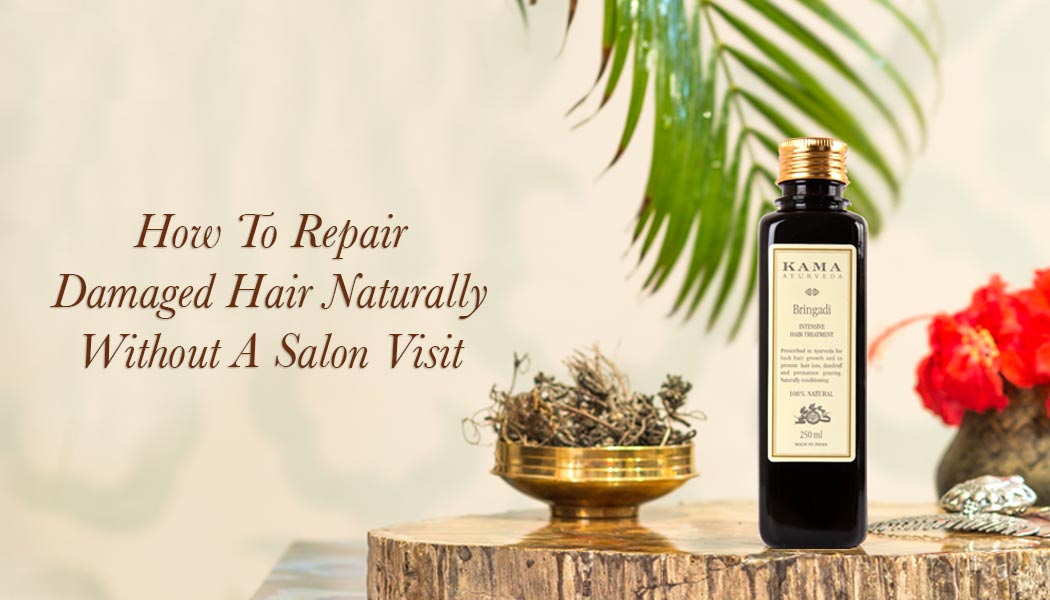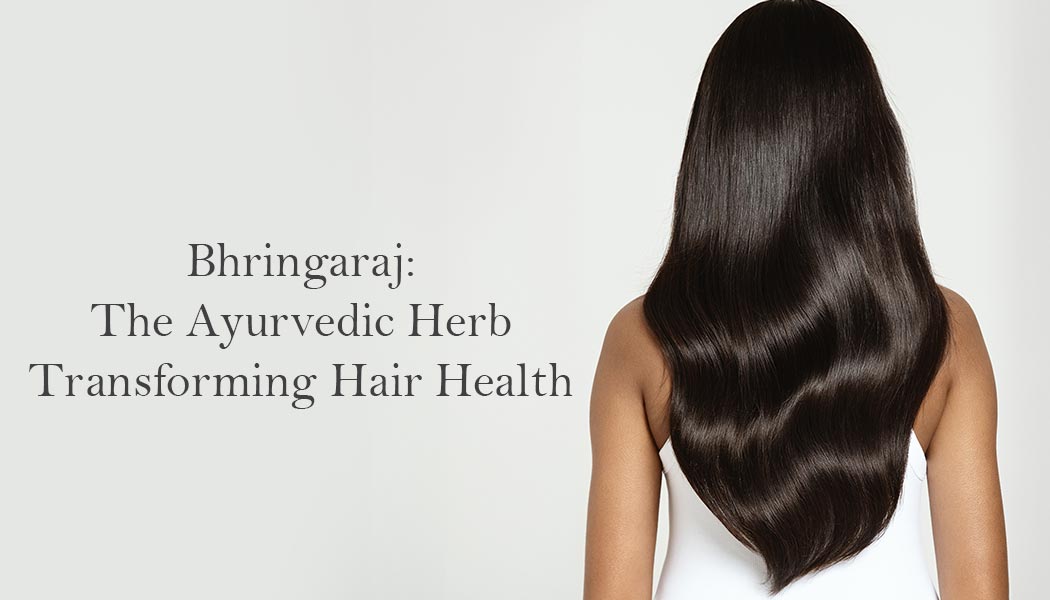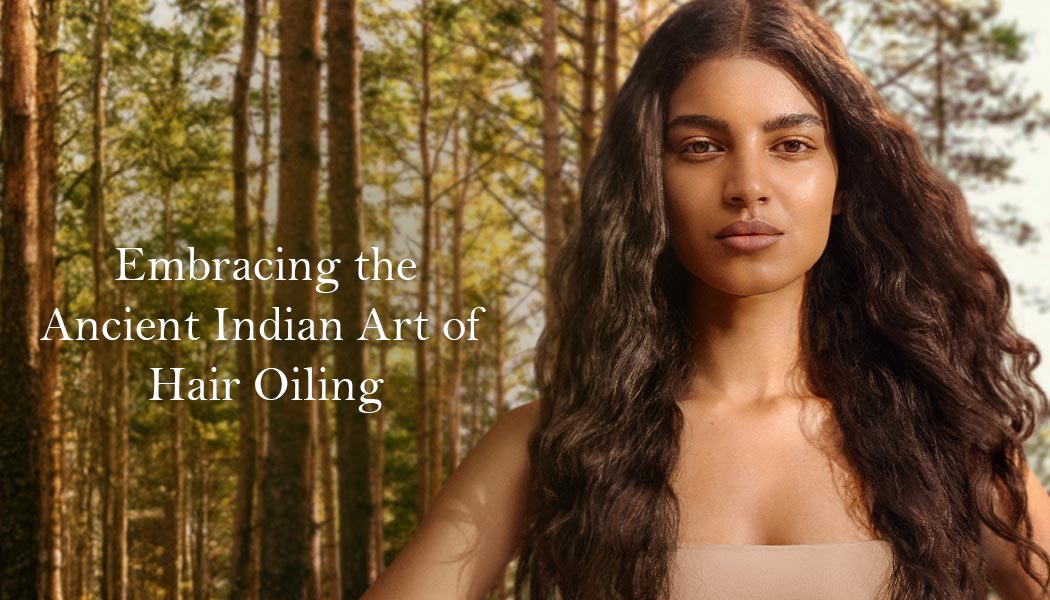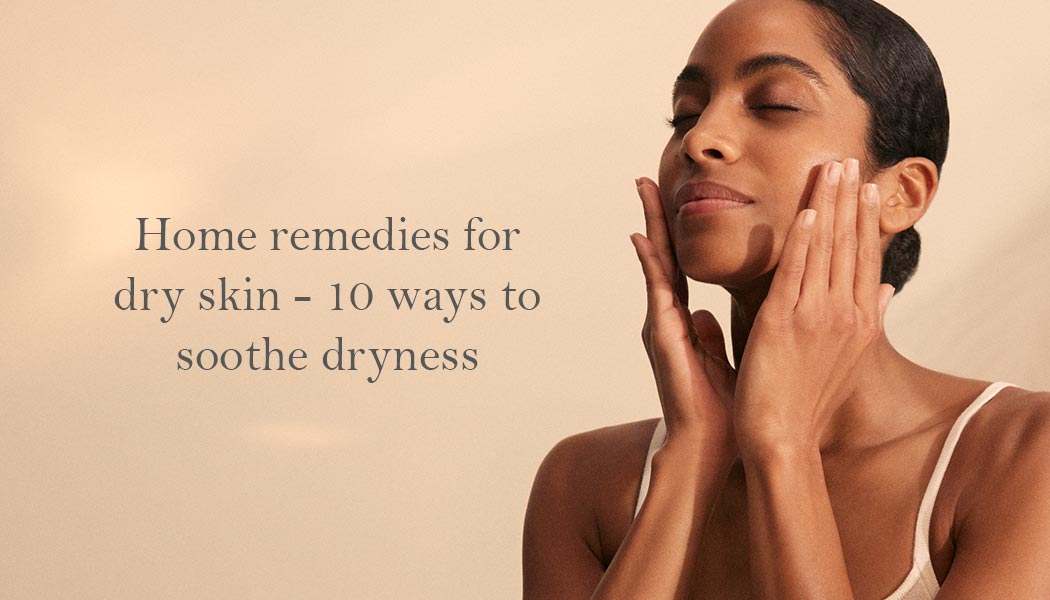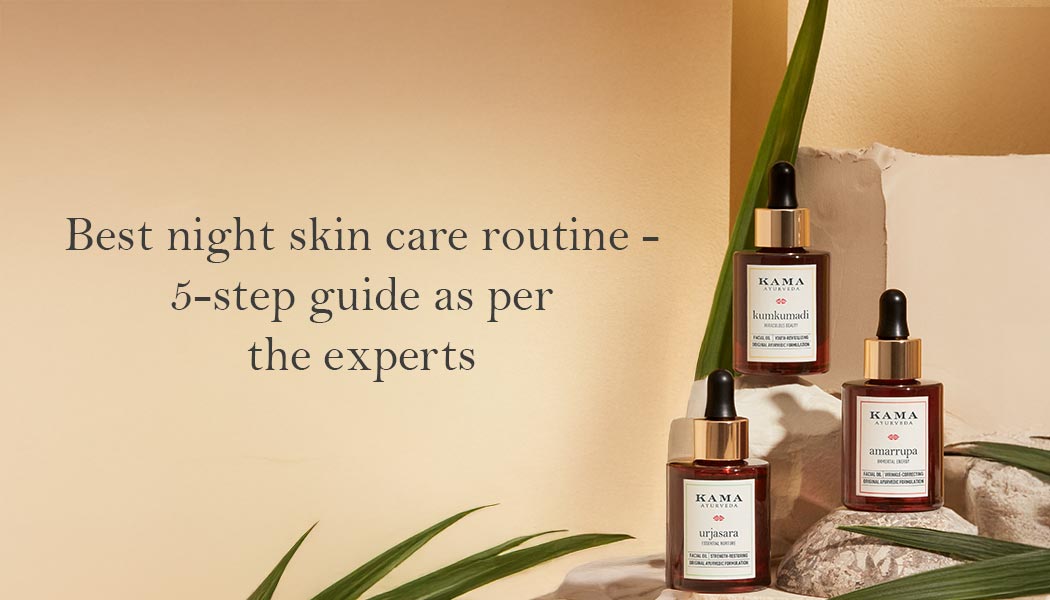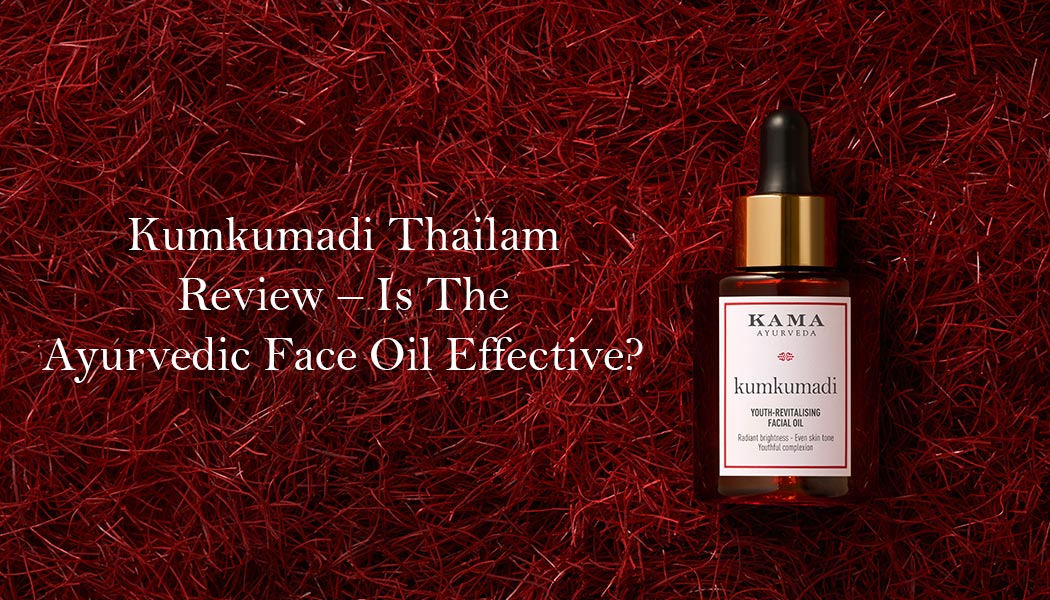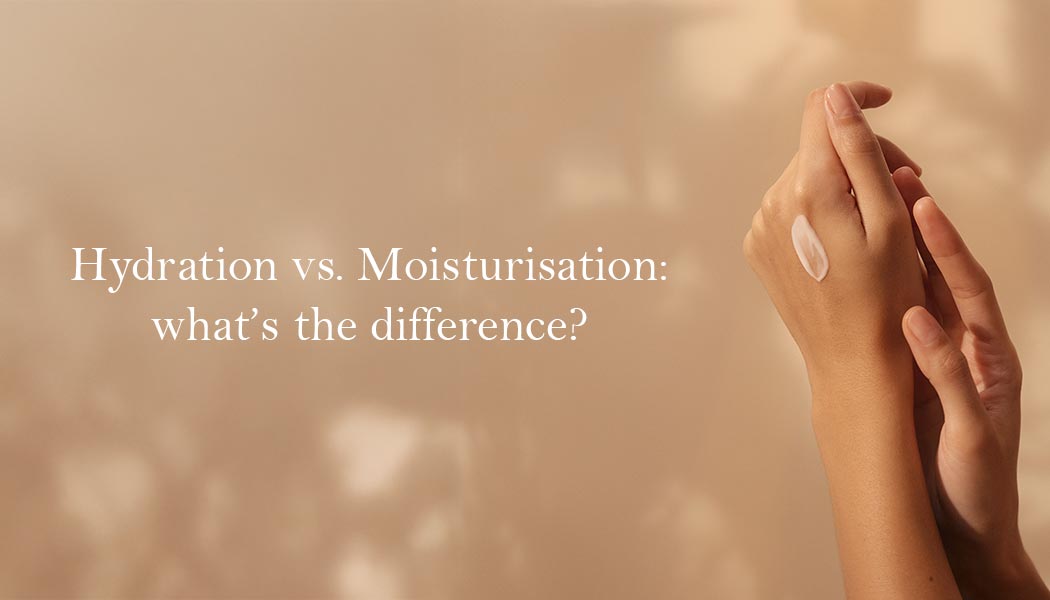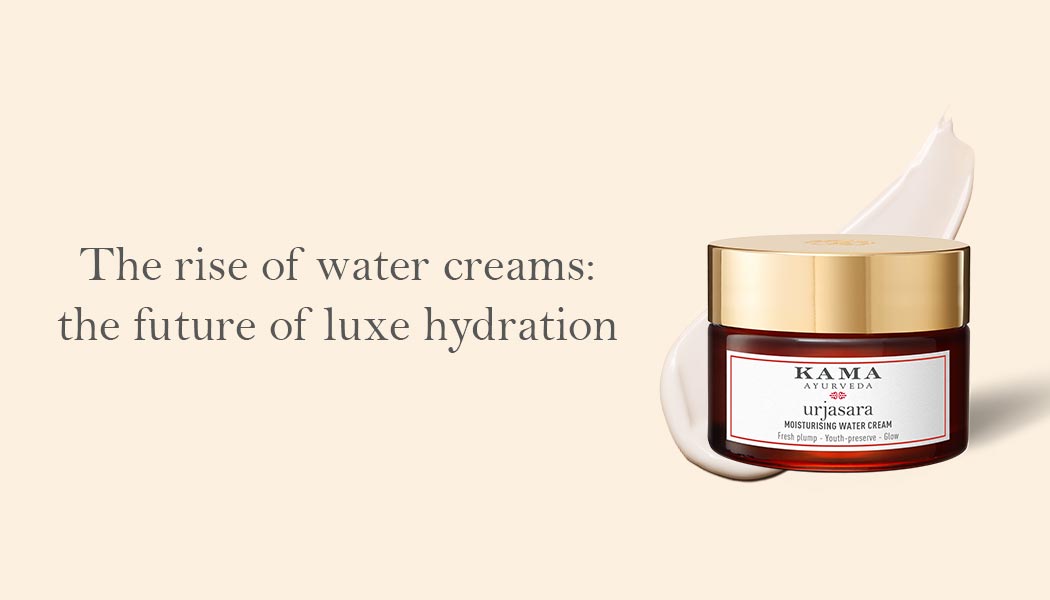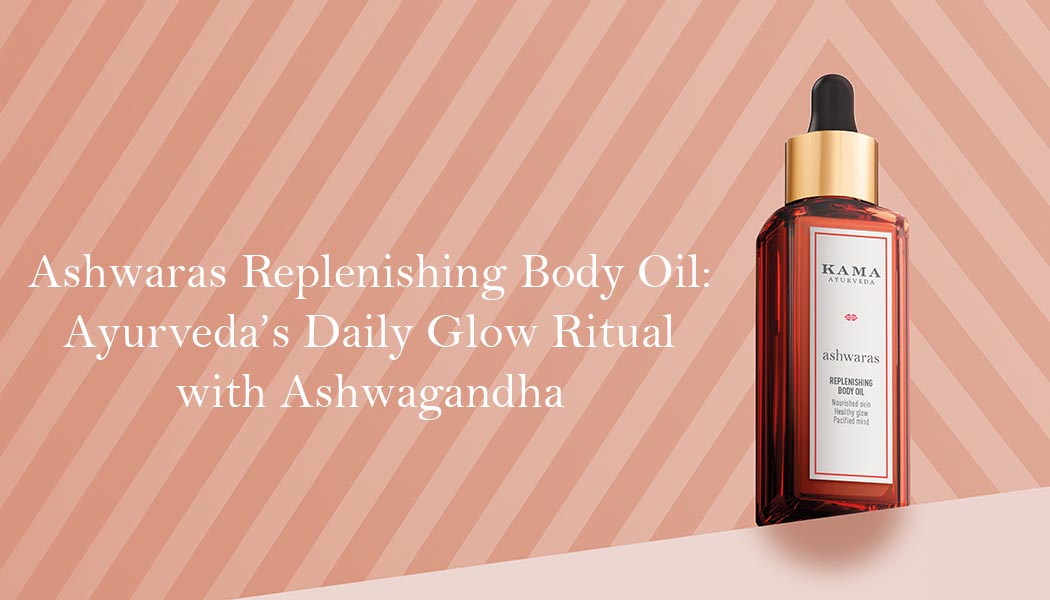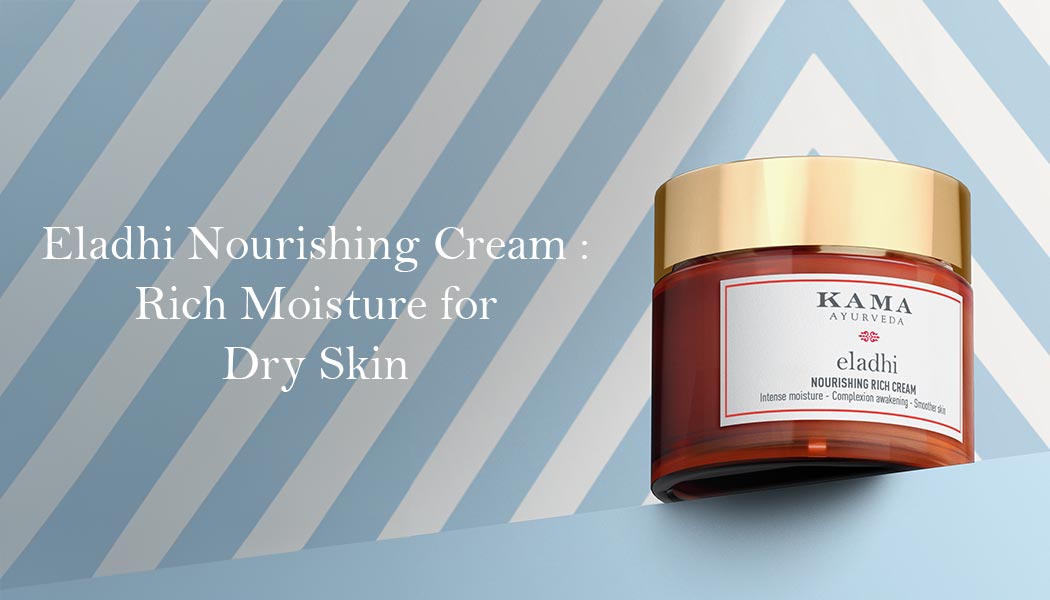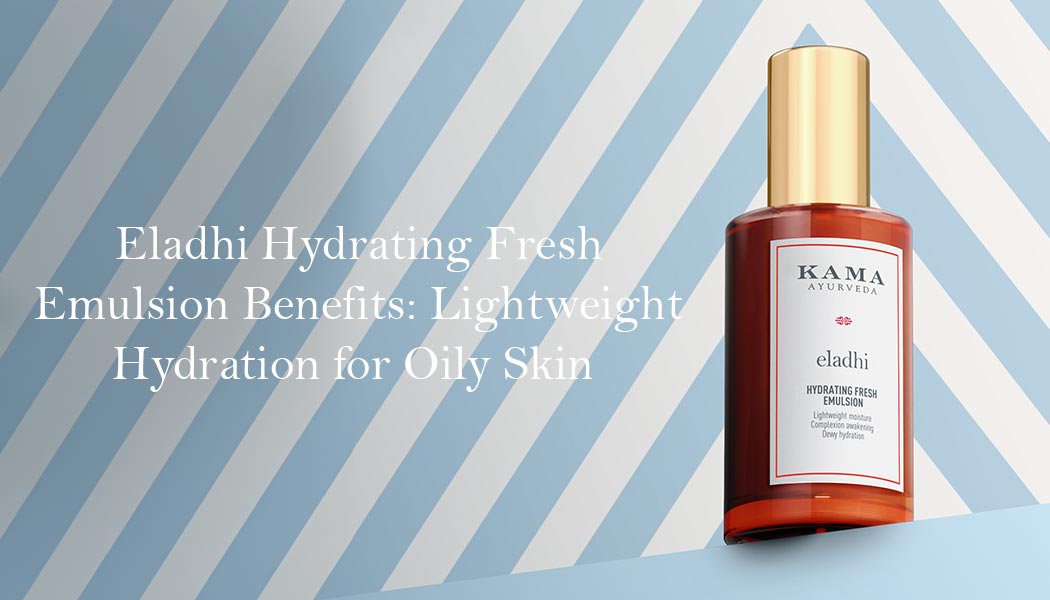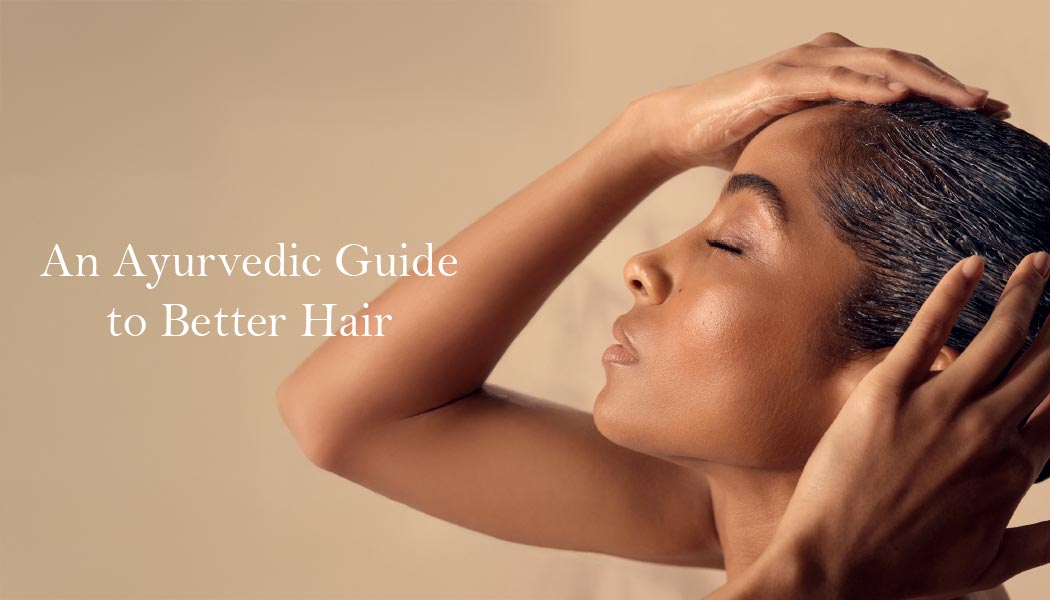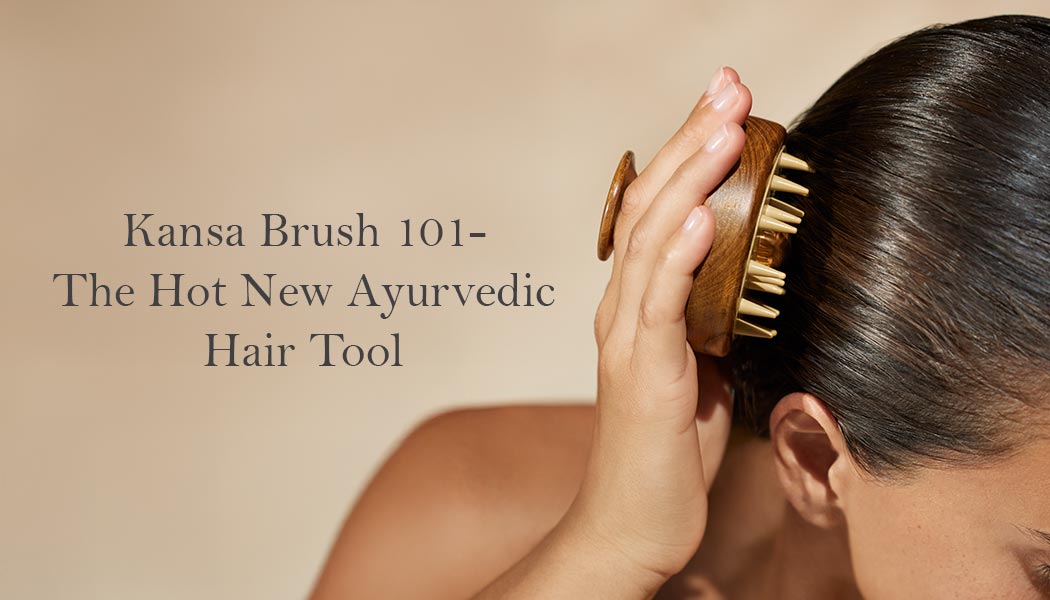- 23 April 2021
- 15 mins read
Has damaged hair become your reality? Do the words “split ends,” “dry hair,” “frizz,” or “breakage” strike a chord with you? If your hair looks dull and lackluster, has split ends, or feels dry and rough to touch, then your hair is damaged and requires special care.
Damaged hair tends to become incredibly fragile and breaks more easily. It is essential to learn how to repair it with the right hair care routine. If you are game for restoring your strands, you have come to the right place. Here are some of the most effective ways to take you towards getting a healthy mane.
Top Signs Of Damaged Hair
Treating damaged hair at the right time can save you from many scalp complications like dandruff, psoriasis, and even pattern baldness (Alopecia).
The first and foremost step to cure any problem is recognizing the signs of damage, agree? So, here are the top signs of damaged hair that you should not ignore.
1. Bumpy Strands Of Hair
Notice how your hair feels when you run your fingers along a single strand. If there are noticeable bumps or an uneven texture, then it indicates that your hair is suffering from damage and has gaps in the protein cells. Bumpy strands and protein deficiency can be treated with natural remedies, salon-based hair treatments options or with a consistent healthy diet.
How To Repair
Rinse your hair with Apple Cider Vinegar or Aloe Vera juice after cleansing. These ingredients are slightly acidic in nature which encourages the cuticle scales to flatten. Thus, removing the bumpy feeling. Also, include green vegetables, proteins and healthy and rich Omega-3 fatty acids in your diet.
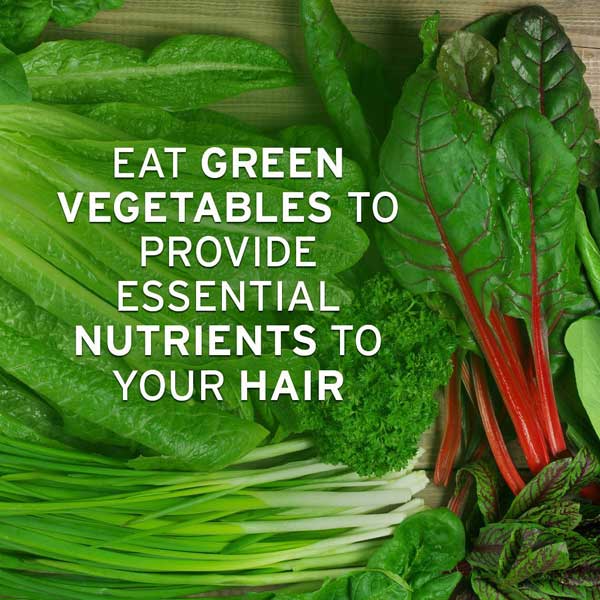
2. Split Ends
Split ends are a common phenomenon for everyone. Your hair starts to develop split ends usually 6 to 8 weeks after a haircut. If the ends of your hair appear brittle and split in less than a month after each trim, then it is a noticeable sign of damaged hair as damaged hair develops split ends very soon. Frizzy hair is more prone to split ends.
How To Repair
In the case of split ends, trimming your hair is the best advice. Professionals recommend having a haircut once every six to eight weeks.
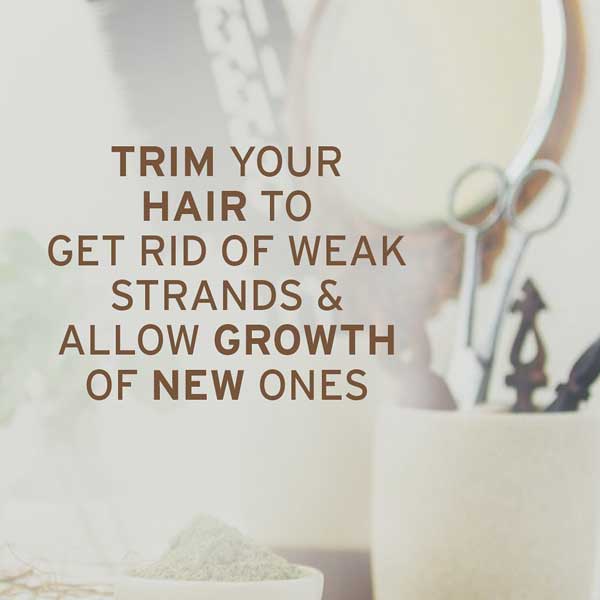
3. Hair Loss
In general, we lose 50 to 100 strands of hair every day. Moreover, if you wash your hair, it is very common to find a few strands in your bathroom drainage. But if you find hair on your pillow, shirt, or on the floor randomly even when you haven’t combed it, then it is a clear indication of damaged hair.
How To Repair
Use natural shampoo and conditioner that are suitable for your hair type. Don’t over-wash your hair as it may remove natural oils leaving your hair dry and dull. Include plenty of protein and iron into your diet and exercise regularly. Make sure you massage your scalp with a nourishing organic oil at least once a week as this helps in improving blood circulation and nourishing the roots. We recommend Kama Ayurveda’s Bringadi Intensive Hair Treatment to prevent hair fall.

4. Dull And Dry Appearance
Does your hair look dull and lifeless all the time? If yes, then your hair and scalp are overexposed to either pollution or too many chemicals. Women who have had too many hair straightening procedures often experience limp or dull hair. The best treatment for this is regular hot oil head and scalp massages. It also helps to avoid chemical products and treatments.
How To Repair
Wash your hair less to prevent further damage. Most shampoos are designed to remove buildup oils and products from hair. Excessive shampooing can strip off the oils from your hair. It is advisable to wash every other day or even less if you can, to prevent over-stripping the moisture.
To repair existing damage, use shampoos and conditioners that are formulated for dry hair or use natural hair cleansers that are free from all chemicals. SLES & Paraben free Hair Cleansers and Conditioners along with Organic oils can help reverse the damage.
Read - 12 Best Essential Oils For Hair That Work Wonders
5. Sudden Breakage Of Strands
Do your strands break when you try to style, comb or simply run your fingers through your hair? If yes, then it is a red alert for severely damaged hair. Observe the hair when it falls out. If it includes the bulb (the hair follicle base), this indicates your hair follicle is damaged as normal shedding does not include the bulb of the hair.
How To Repair
Eating a balanced diet, protecting hair from the sun, skipping products that boast of a long-lasting hold, and avoiding drying, bleaching, and styling treatments can limit further damage.
To ease the exciting damage, try the soak and smear method. In the soak and smear method, we shampoo and condition hair like normal. Then, blot hair dry with a towel before applying a leave-in conditioner. Then, immediately apply your coconut oil, sesame oil, olive oil, or jojoba oil and let hair dry.
6. Unresponsive To Hair Styling And Treatment
Damaged hair generally does not respond to any efforts of styling. For example, when you iron your hair and apply serum, your hair might get unruly within an hour or two. When you blow-dry, it will leave your hair messy and frizzy instead of well set. Also, excess use of styling gels and sprays will simply damage your hair further. It is recommended to keep the styling products away until your hair restores its strength.
To repair damaged hair and restore healthy hair, we recommend Kama’s 3-Step Regimen for Hair Care. Start with massaging your scalp with Bringadi Intensive Hair Treatment and leave the oil for at least 30 mins. Next, cleanse your hair with Rose and Jasmine Hair Cleanser and condition it with Rose and Jasmine Hair Conditioner.
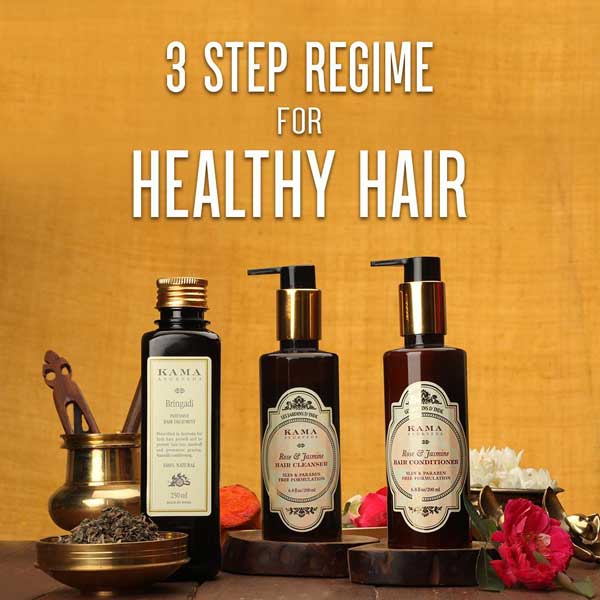
What Causes Hair Damage - 7 Things To Avoid
Healthy hair depends on healthy hair follicles that help in keeping your strands together. When the hair cuticle opens up, your hair can get dry and damaged. Let us get to know some of the most common causes of hair breakage.
1. Inadequate Diet
Ever heard the saying “you are what you eat”? It is true, especially when it comes to hair and skin health. Some nutrients promote hair growth and avoid damage caused to it. So, make sure you include enough iron, folic acid, and zinc in your diet. Adequate amounts of antioxidants and protein can also help you in keeping your hair damage-free.
2. Too Much Stress
Stress and hair loss are directly linked to each other. Stress can also lead to hair breakage. Telogen effluvium is the name given to temporary hair loss that happens right after a stressful experience. It makes your follicles go dormant and makes the hair break off. Your old hair may fall out too. So, manage your stress levels through regular deep breathing, yoga and meditation to maintain healthy hair.
3. Hair Styling Tools
To get the best results from a flat iron or curling iron, or your hairdryer, you might need high heat. However, when used too much or incorrectly, these tools can damage your cuticles. So, it is recommended to give your strands a break from all the styling tools at least once a week to prevent heat damage.
Also, when styling your hair, use a ceramic version of tools. These tools heat up evenly so that you don’t have to use them on the same sections of hair repeatedly. Never forget to use hair protection serums before styling, these can minimize the damage to some extent.
4. Over Washing And Improper Towel Drying
If you have oily skin, your scalp is also likely to produce excess oil (sebum). This might tempt you to wash your hair more often than you need to. While washing hair every second day is fine, you shouldn’t wash it every day. On the other side, dehydrated hair may only need weekly shampooing.
Gently massage your scalp while shampooing and apply conditioner smoothly working from ends. After a shower, do not rub your hair vigorously with a towel. Rubbing motion damages your hair as hair is most vulnerable when it is wet. Instead of rubbing off your hair, blot it with a cotton T-shirt. A hot oil massage just before washing your hair also prevents it from excessive dryness.
5. Elastic Hair Ties
Elastic hair ties are a must-have to secure your hair from falling out on the face. These elastic hair ties are also very handy on bad hair days or when you are in a hurry. Using elastic hair ties can cause hair breakage. You can fix this by tying your hair a bit looser or by wearing your hair down once in a while, or opt for a breakage-preventing hair style. Also, make sure you use good quality hair ties, and not the rubber bands that damage your hair.
6. Improper Brushing And Combing
You might have heard that brushing or combing your hair 100 strokes a day makes your hair look good. But, this is just a myth. It is recommended to brush or comb the hair only when you are styling it. Also, make sure to use wide wooden tooth combs as it helps prevent breakage. You need to use a brush only when the hair is dry, and always opt for a brush with natural bristles.
7. Lack Of Hair Trims
Sometimes we avoid getting our hair trimmed to help them grow longer. But that’s not helpful. In fact, regular hair trims help in keeping your hair healthy and free of split ends. Hair trimming is similar to skin exfoliation in that regard. Just like exfoliation removes old cells to help new ones to develop, hair trimming gets rid of damaged, lifeless hair and promotes hair growth. So, see your stylist at least every eight weeks. This helps even when you want to grow your hair as trimming damaged ends prevents hair breakage.
Five Types Of Damaged Hair (And How To Heal Them)
The following are the five types of damaged hair and tips to heal them.
1. Colour Damage
In order to deposit color into your hair or bleach it, the dye should get into your hair shaft. In this process, the color has to move beyond the hair cuticle. The cuticle acts as tree bark and protects the hair from damage. To penetrate into the cuticle, the hair dye uses ammonia. Ammonia elevates the pH of the hair, relaxes the cuticle, and lifts it. When this happens, automatically, your hair gets damaged as the cuticle isn’t meant to be lifted. The longer the cuticle is lifted, the more the hair gets weakened.
Once the cuticle is lifted, hair dye then uses peroxide to break down the natural hair pigment. Peroxide is the reason why colored hair takes on a straw-like structure. It also makes hair extremely dry. Once the hair is rinsed, the cuticle closes. But the hair is already damaged.
How To Heal
Coloring your hair is not recommended, especially when it is already damaged. How to find if the hair is damaged or not? There is a simple technique for it. Stretch a small section of hair and pull it tight. Now pour a few drops of water and notice how long the water takes to absorb into the hair. If it takes less than 10 seconds, note that your hair is damaged, and it has to be repaired before you color it. If it takes more time, then your hair is healthy. This simple test for hair porosity can give insights about your hair quality.
Anyways to lessen the amount of damage, you can use moisture-rich natural hair dyes. Natural hair dyes contain conditioning ingredients that help protect and repair your hair during the coloring process. Natural hair dyes are also completely free from chemicals and hence do not cause hair damage. We recommend Kama Ayurveda’s Organic Hair Colour Kit to dye your hair naturally.
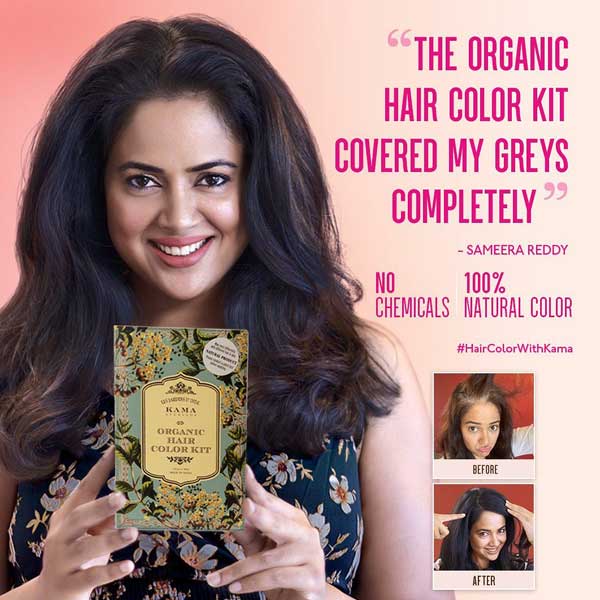
Read - 2 Best Natural Hair Dyes To Colour Your Hair Beautifully
2. Heat Damage
We all know how bad heat styling is for our hair’s health, yet, we can’t resist doing it. Whether it is a blow dryer, curling iron, or a hair straightener, these tools make styling a lot easier. While these tools give you bouncy luscious hair, unfortunately, there are also many disadvantages for the hair’s overall health.
These tools dry out the cuticles and change the structure of hair proteins. These also cause split ends and breakage of the ends. You may also find difficulty in brushing and styling the hair as heat styling tools can cause tangles, knots, and breakage.
How To Repair
If you have curly hair and the heat damage has affected your natural curls, sealing back the moisture into your follicles using a deep-conditioning treatment can help regain your natural bounce. Moisture-rich natural conditioners like Moringa oil, Coconut oil, Sesame oil avocado, aloe vera are your best bets.
For straight hairs, you will have to focus on restoring its natural proteins. Leave in treatments that include honey, olive oil, and yogurt help in restoring your glossy appearance. To smoothen broken hair, you can try conditioning spray that has keratin.
3. Mechanical Damage
Do your strands have thin edges, are tangled, or have mid-shaft splits? Then your hair is most-likely mechanically damaged. Mechanical is directly linked to the way you are handling your hair. If you are someone who creates tension by ripping through tangles and rocks braids, weaves, or tight ponytails often, then you should reconsider your hair care. You need to go easy on the combing and styling.
How To Heal
As mentioned above, you need to opt for breakage-free hairstyles and wear your hair down more often. Never comb your dry hair or brush your wet hair. Also, comb your hair only when you style it.
4. Chemical Treatment Damage
Chemical treatments like perms and relaxers can strip off your hair, which leads to breakage. Once your hair fiber is compromised, we cannot fix it or heal it. So the best thing we can do is to prevent taking chemical treatments.
How To Heal
To prevent further damage caused by chemical treatments, you need to adjust the hairstyling habits that have created the problem and implement practices that promote hair health. You also need to establish a weekly deep treatment routine for four to six weeks consistently.
5. Sun Damage
Summer means having long days out in the sun, whether you are hitting your local park or lying on the beach. Did you know like your skin, your hair can also get damaged by the harmful rays coming from the sun? Your hair ends up feeling dry and brittle when it is directly exposed to the sun for significant long hours. The sun wreaks havoc on the hair and causes frizziness, split ends, brittleness, and even discoloration.
How To Heal
The best tips for repairing sun-damaged hair are -
- Wash with cool water
- Use sulfate-free shampoos
- Have regular trims
- Wash hair properly after swimming
- Use Organic Sesame Oil for regular hot oil head massage
Natural hair masks for damaged hair
1. Organic Henna Hair Mask
Henna, popularly known as Mehendi is one of the most beneficial medicinal plants for hair. It is popular as a deeply replenishing herbal conditioner and colorant. It nourishes the hair leaving them shiny, soft and silky. It heals the hair shafts and prevents hair breakage.
Step 1: Mix Organic Henna Powder with Banana, Egg, Fenugreek powder and water to make a paste.
Step 2: Apply from root to tip wearing hand gloves and leave for 30 minutes.
Step 3: Cleanse off the hair using mild shampoo.
Step 4: Repeat this once in a week for better results.
2. Repair Damage With Avocado
Avocado has now become a common fruit that is available in every supermarket. The fruit is rich in vitamins, minerals, and essential fatty acids. These help in restoring luster to your dry hair. (1)
Step 1: Mash a ripe avocado and add an egg to it. Mix it well to make a paste.
Step 2: Apply this paste to wet hair. Leave it on for at least 20 minutes. Rinse off with cold water.
Step 3: Repeat this once a week if you have damaged hair and once a month for healthy hair.
3. Protein Mask - Egg Yolk + Strawberries + Olive oil
Strawberries are rich in antioxidants, and these add moisture and shine to your hair. Since egg yolk is rich in proteins, it strengthens the strands. Wear this mask when you have time for a long relaxing shower, as the puree might be difficult to wash out with just one rinse. (2) (3) (4) (5)
Step 1: Blend one cup of strawberries in a blender. Then add one egg yolk and three tablespoons of olive oil to the puree.
Step 2: Work the puree into the hair and cover it with a plastic shower cap.
Step 3: Leave it on for about 20 to 30 minutes and rinse it out with cool water.
Step 4: After washing, apply your regular conditioner and rinse off.
4. Deep Cleaning Apple Cider Vinegar Hair Mask
This mask is excellent for deep cleansing your hair. Lemon and apple cider vinegar act as an astringent to wash away excess oil. The zinc and lactic acids in yogurt moisturize your hair. If you have colored your hair, it is advisable to dilute the lemon as there are chances to lighten your hair color. (6)
Step 1: Take half a cup of plain yogurt, one teaspoon of apple cider vinegar, and one table of lemon juice in a bowl. Mix it well and dilute it with two tablespoons of water.
Step 2: If you have dry hair, you can add a tablespoon of honey too.
Step 3: Apply all over the head, mainly focusing on the scalp. Massage gently in circular motions.
Step 4: Leave on for one minute. Then, rinse away.
5. Softening Mask - Egg + Whole milk + Coconut oil
As the egg is rich in proteins, it helps in nourishing your hair. The fatty acids help in making your hair look smooth and shiny. Just like how coconut oil and milk smoothes your skin, the same way they smoothen your hair too. They make your hair more shiny and vibrant. (7)
Step 1: Take one egg-whipped, ¼ cup whole milk, and two tablespoons of melted coconut oil in a bowl. Mix the ingredients well.
Step 2: Since this a watery mask, you might need a brush to apply to your hair. Take one section of hair, paint the mask on to the entire length of your hair.
Step 3: Cover the head with a shower cap. Warm the hair using a blow dryer on medium heat.
Step 4: Leave on the mask for about 10 to 20 minutes until it cools off completely. Then, rinse it off with cool water.
6. Hydrating Mask - Banana + Olive oil + Honey
The extra virgin olive oil we use in this mask acts as a natural conditioner for your hair. It helps in nourishing dry and brittle hair. Bananas, which are a source of potassium, help in healing damaged hair. And the vitamin A in bananas helps strengthen hair follicles. Additionally, this mask contains honey that has therapeutic properties. (8)
Step 1: Blend one over ripened banana, one and a half tablespoons of olive oil, and one tablespoon of honey together.
Step 2: Apply this paste to the length of your hair from the roots to the ends.
Step 3: Leave it on for 10 to 15 minutes and rinse off well.
Hair Care Tips To Avoid Hair Damage
To prevent hair from being damaged, brittle and lackluster, you can try the following additional tips too.(9)
- Lower the temperature on the styling tools - One of the biggest mistakes most of us make is setting the temperature on to tools to the highest degree. Unless your hair is super thick or coarse, you can get the job done with medium or low temperatures. It is best to avoid the heat most of the time.
- Handle wet hair with care - Hair is at its most vulnerable state when it is wet. So, handle your hair with care. Never try to brush through your wet hair unless the tool is specially designed for wet hairs. Professionals recommend using a wide-tooth wooden comb to detangle your hair. Also, blot the hair with a cotton T-shirt instead of rubbing it harshly with a towel.
- Embrace leave-ins - Did you know leave-in conditioners and treatments are like 24-hr bodyguards for your hair? Yes, they guard your hair between washes as you don’t rinse them out. There are different leave-ins for different hair types. For example, leave-in treatment for vividly colored hair contains UV protection, which helps prevent your hair color from fading. A leave-in designed for frizzy and brittle hairs contains moisture, making your hair smoother and more manageable.
For best results, it is advisable to apply leave-in conditioners to damp hair (not soaking wet) and with a wide-toothed comb, comb your hair for even distribution. (10) - Seal your bonds - As discussed above in the color damage pointer, the dyes used during coloring loosen your hair’s structural bonds. Once the structural bonds are compromised, your hair is prone to breakage, dryness, and damage. So, to protect your hair from damage, you need to seal your bonds. How? By massaging your hair with Coconut Oil or Sesame oil. Both the oils are known to reverse hair damage, seal in moisture and restore the structural bonds.
- Don’t let your hair get thirsty - We all know we shouldn’t skip moisturizer as dry skin appears dull and cracked. Similarly, we should embrace a moisturizing regimen that includes oil massage, hydrating shampoo, conditioner, hair mask, and leave-in products if you are prone to dry hair. As dry hair leads to brittleness and fragileness, just like our skin.
- Swim with care - Regular swimming is excellent for your body, but that is not the case with your hair. Saltwater, chlorine, and pool chemicals make your hair brittle, fragile, and decolor. So, if you are a regular swimmer, never skip wearing a swim cap. Also, immediately after swimming, gently cleanse and condition your hair with products that contain moisturizing formulas.
References -
- Avocado Oil: Characteristics, Properties, and Applications - https://www.ncbi.nlm.nih.gov/pmc/articles/PMC6600360/
- Nutrition and hair health - https://www.hairscientists.org/hair-and-scalp-conditions/nutrition-and-hair-health
- Here is How Eggs Prevent Hair Loss And Stimulate New Hair Growth - https://www.india.com/lifestyle/here-is-how-eggs-prevent-hair-loss-and-stimulate-new-hair-growth-4070932/
- Hair Cosmetics: An Overview - https://www.ncbi.nlm.nih.gov/pmc/articles/PMC4387693/
- How to use olive oil for magical hair growth - https://timesofindia.indiatimes.com/life-style/beauty/how-to-use-olive-oil-for-magical-hair-growth/articleshow/64962522.cms
- Ethnopharmacological survey of home remedies used for the treatment of hair and scalp and their methods of preparation in the West Bank-Palestine - https://www.ncbi.nlm.nih.gov/pmc/articles/PMC5499037/
- Effect of mineral oil, sunflower oil, and coconut oil on prevention of hair damage - https://pubmed.ncbi.nlm.nih.gov/12715094/#:~:text=Among%20three%20oils%2C%20coconut%20oil,the%20protein%20loss%20from%20hair.
- Therapeutic and prophylactic effects of crude honey on chronic seborrheic dermatitis and dandruff - https://pubmed.ncbi.nlm.nih.gov/11485891/
- A Study on Scalp Hair Health and Hair Care Practices among Malaysian Medical Students - https://www.ncbi.nlm.nih.gov/pmc/articles/PMC5551307/
Shampoo and Conditioners: What a Dermatologist Should Know? - https://www.ncbi.nlm.nih.gov/pmc/articles/PMC4458934/
Shreya Dalela is a certified Yoga instructor and a professional dancer trained at The Danceworx. She’s passionate about Ayurveda and holistic living with over 6 years of experience in doing extensive research and content creation in the domain.

Certified Ayurvedic Doctor (Central Council of Indian Medicine) working in Kama Ayurveda as an Assistant Training Manager.
